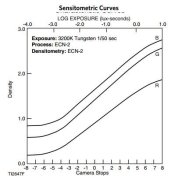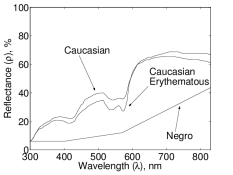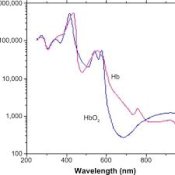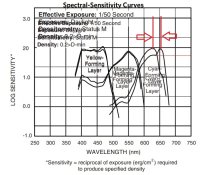George Mann
Member
So far, I have shot 160. I see a lot of people claiming that 400 is better.
But what are the real differences here?
But what are the real differences here?
George, out of curiosity, do they say in what specific way the 400 is better apart from the obvious difference in speed?
Thanks
pentaxuser
I wonder if the colour saturation difference is enough for say most people amongst Joe Public to be able to separate say 50 prints from a 160 neg from 50 prints from an identical 400 neg in amounts that met the criterion for statistical significance.
I believe so, also.Yes, they would be able to tell -
So far, I have shot 160. I see a lot of people claiming that 400 is better.
But what are the real differences here?

400 is the fastest and most flexible colour film currently available and possibly ever made.
It’s basically daylight balanced C-41 Vision3 500t.
Bad idea. You'll get colour crossover if you overexpose Ektar.I have often wondered if shooting Ektar at ASA-80 might result in neutral colors.
Bad idea. You'll get colour crossover if you overexpose Ektar.
I guess that I will just have to stick with Ektachrome.
If you aren't getting neutral colour from Ektar, you are probably either overexposing and/ or whoever is scanning your negs isn't doing a good job with them. It's not helped by a lot of minilab software being geared towards balancing for 'pleasing' skintones - and the problems of scan Vs output colour gamut.
Yes, I am aware of scanning and post-processing inaccuracies, but Ektar was not designed to be a neutral film.
The fact that both Kodak and Fuji fail to currently produce a truly neutral professional color negative film is alarming!
Portra 160 is excellent for demanding colour accurate studio work.
Except for the fact that it's only true claim to accuracy is in its rendering of skin tones.
The rest depends on specific light temperatures.
I meant technology wise.

Grain is much the same. 500t tend to be pushed more though.
500t tend to be pushed more though.

Prints made from PORTRA 160 and 400 will have very similar color and tone reproduction
www.makingKODAKfilm.com



They are part of the same overall package of technology so to speak.There are very considerable differences between Portra 400 and Vision 3 500T - they have drastically different characteristic curves - and the couplers differ significantly too (ECN-2 uses CD-3; C-41, CD-4) - the similarities relate to the sensitisation technology with antennae dyes/ supersensitisers and colour reproduction aims (within the relevant ECN-2/ ECP and C-41/ RA-4 systems) - done within a unified emulsion design and manufacturing system, which allows quite sensitometrically different films to be designed/ made faster and more cost effectively.
| Photrio.com contains affiliate links to products. We may receive a commission for purchases made through these links. To read our full affiliate disclosure statement please click Here. |
PHOTRIO PARTNERS EQUALLY FUNDING OUR COMMUNITY:  |


